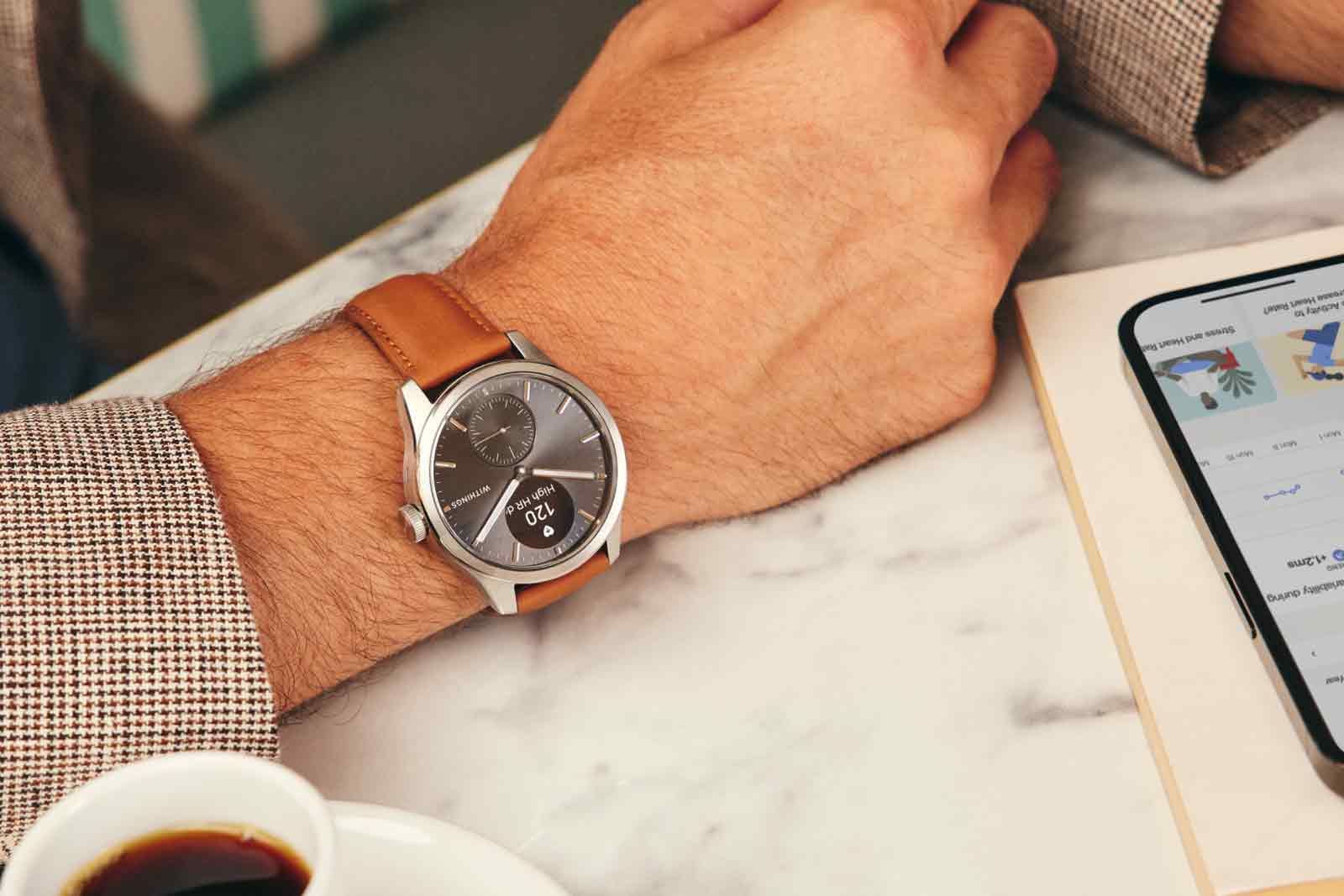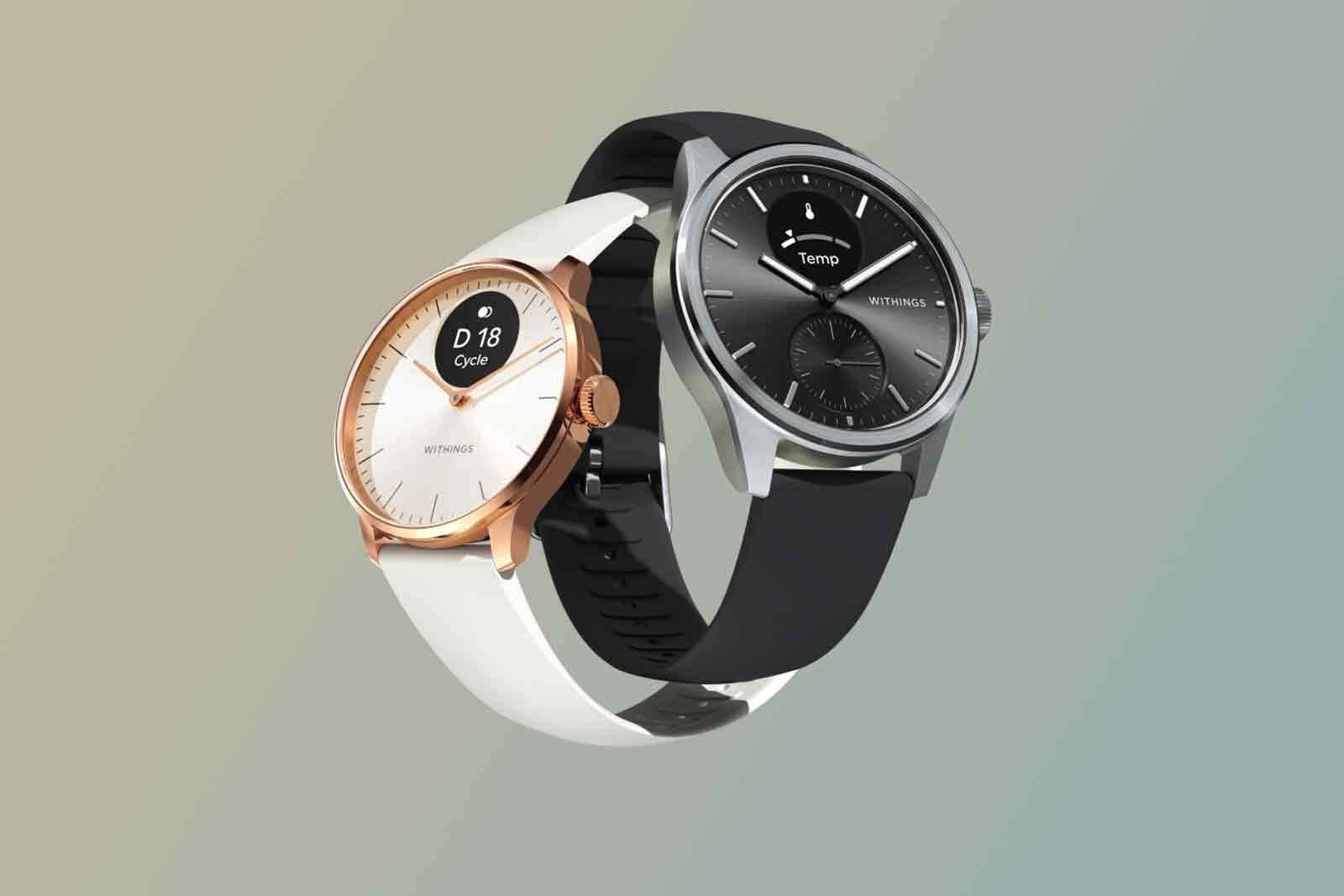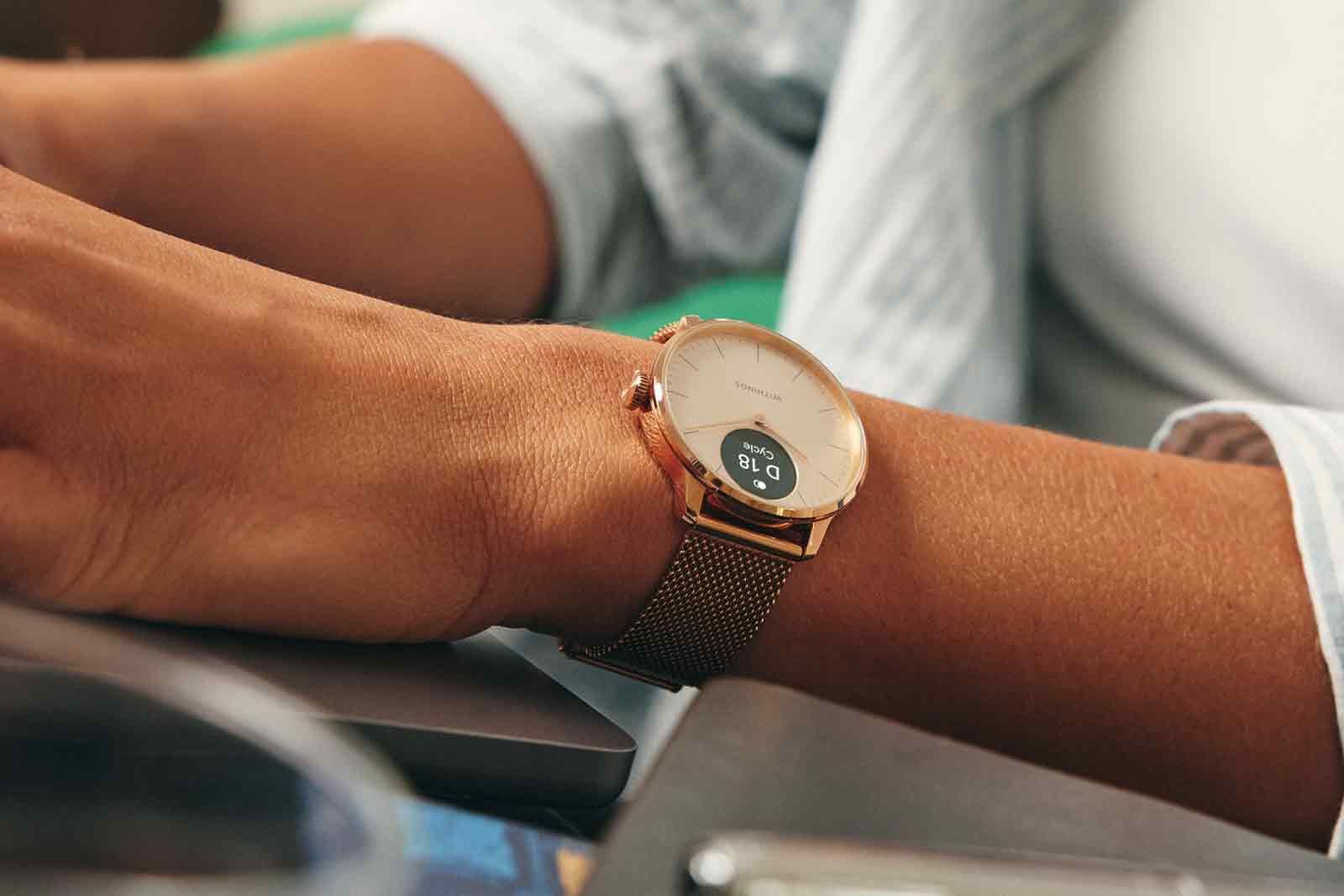Key Takeaways
- Withings has announced the ScanWatch 2, an upgraded version of its main product, with a suite of temperature tracking options to monitor body recovery and sleep.
- The ScanWatch 2 includes atrial fibrillation detection and a blood oxygen sensor, while the lower-priced ScanWatch Light uses a last-generation sensor to save on costs.
- The major differences between the two models are in design and price, with the ScanWatch 2 launching at £320 and the Light at £230. The Light is smaller and lighter, making it suitable for thinner wrists.
Withings has a pretty clear field when it comes to smartwatch-slash-fitness trackers that only have tiny displays and are mostly just traditional watch faces.
The primary version of its main product, the ScanWatch, launched back in 2020 - so it's no surprise that the time has come for a welcome upgrade in the form of the newly-announced ScanWatch 2.
Even better, it's also following in Apple's SE-shaped footsteps and offering a lower-priced and smaller option for those who want it: the ScanWatch Light. Both launch in October 2023.
Both versions will pack the sort of battery life that Withings has long been a standout for (thanks to those small displays, which are now 57% more pixel-dense) at around 30 days on a charge, but the big new addition is only for the ScanWatch 2.
It now has a suite of temperature tracking options that will monitor your body 24 hours a day to help you manage your recovery between workouts, track your cycle, and get an even more accurate sense of how you're sleeping.
That's a new direction for Withings but chimes with the rest of the fitness tracking industry - there's always been an element of finding the latest and greatest tracking tech. Now that blood oxygen tracking is established, temperature tracking is proving itself as the latest must-have metric.
The ScanWatch 2 also packs in atrial fibrillation detection, which doesn't make it onto the Light, and the same goes for its blood oxygen sensor.
The Light effectively uses Withings' last-generation PPG sensor as a way to save on costs, while the ScanWatch 2 brings a third-generation version, which will make for improvements to accuracy - although even last-generation Withings tracking is still exemplary.
Beyond that, the major differences are in design and price - the ScanWatch 2 launches at £320 and the Light at £230, a pretty substantial difference.
The Light is a chunk smaller at 37mm and weighs in at a hair over 27g, compared to the ScanWatch 2 at either 38mm or 42mm (and 35g or 53g respectively).
That means that the Light will sit more easily on thinner wrists and weigh less, but all three models are realistically pretty slim.
For those who've used a Withings watch before, one welcome change is a new docking station for charging that looks more substantial, and also has a USB-C port to make it a less old-school connection to maintain - it'll recharge either watch completely in around two hours.
We're hoping to get hands-on with the ScanWatch 2 very soon so keep your eyes peeled for our full verdict after we're able to use it for a few weeks.



